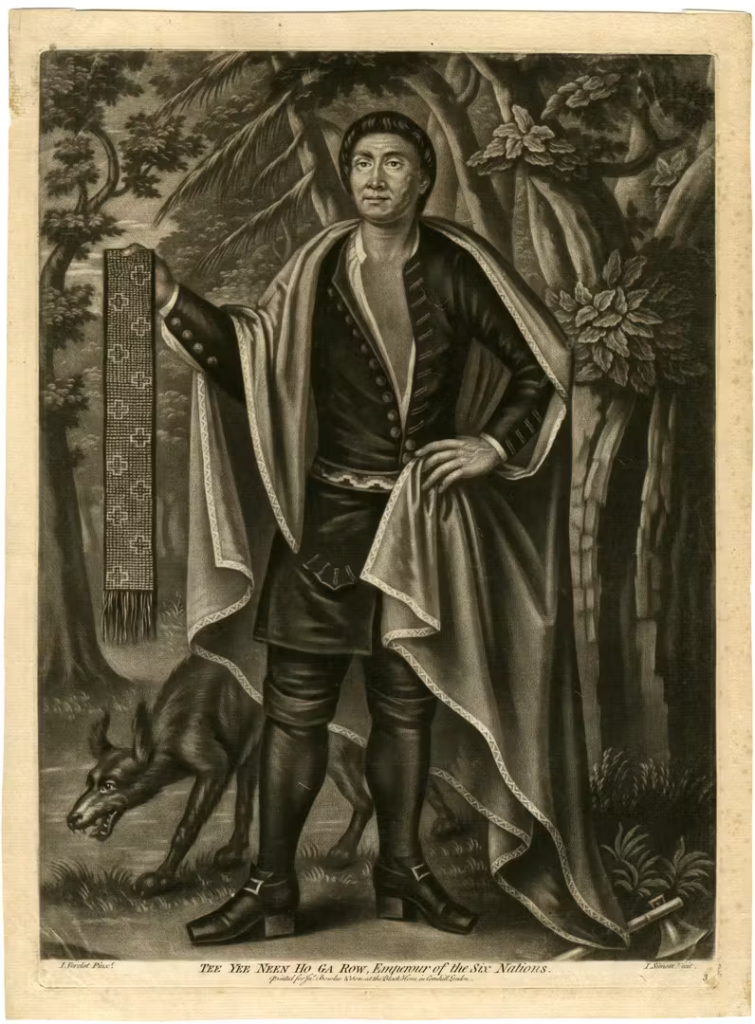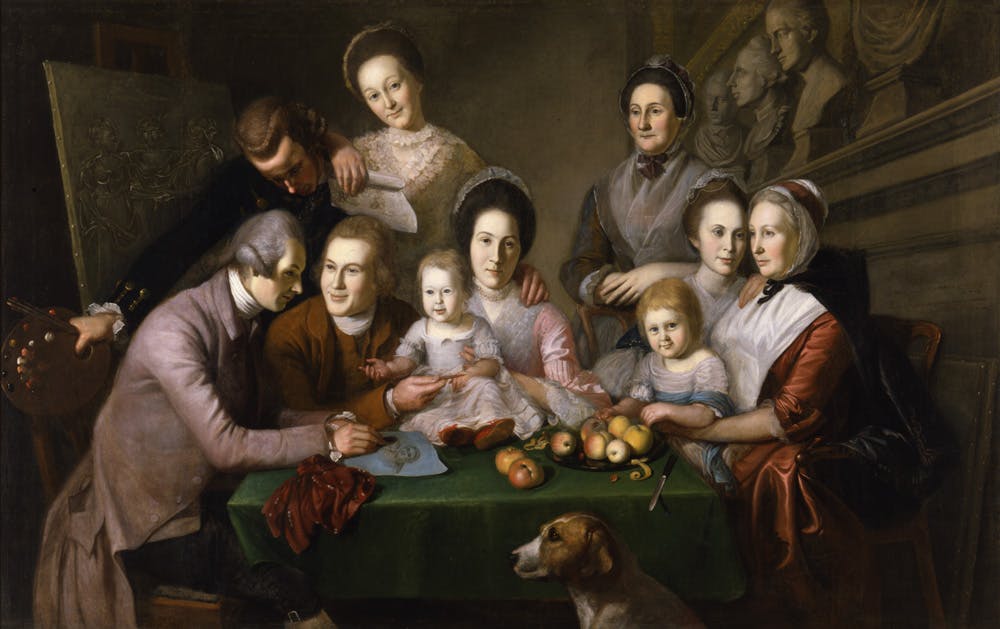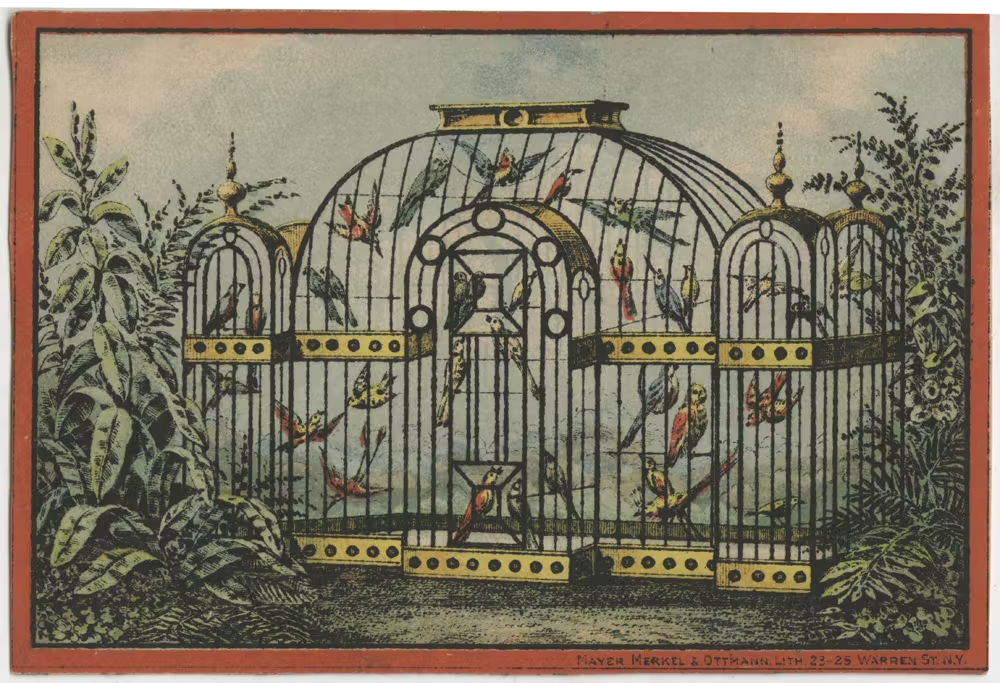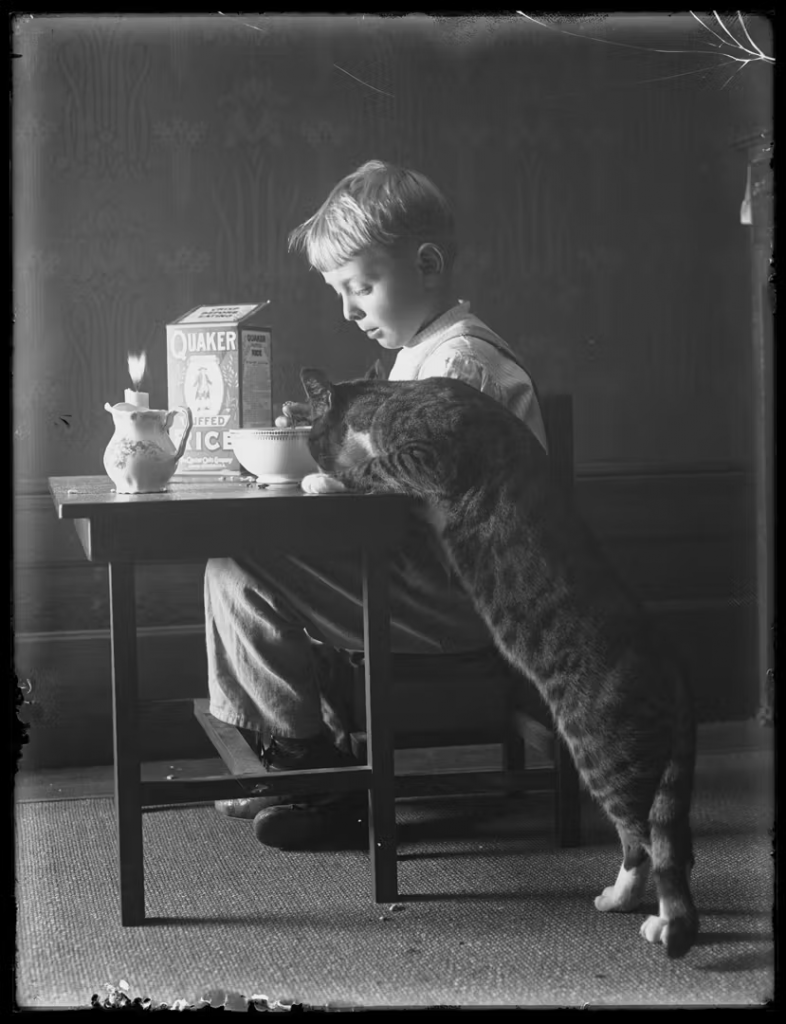Art & Exhibitions
New Yorkers and Their Pets Are Spotlighted in a New Show
"Pets and the City" spans centuries of pet politics.

"Pets and the City" spans centuries of pet politics.

Richard Whiddington

Pollution, limited green space, and cramped living quarters make New York City a human-centered environment. But one need only think of Flaco the owl, Central Park’s horses, or the rat crisis to realize animals are ever-present and elicit extremely strong opinions from New Yorkers, be it as pets or pests.
This is to be expected. New Yorkers, after all, are pet loving people. A 2023 study by the city’s economic development corporation estimated residents owned 1.1 million pet dogs and cats—to say nothing of their rodents, birds, and altogether more exotic friends.
There is nothing new or modern to such affections. As “Pets and the City”, a new exhibition at the New York Historical Society, makes clear, the idea of animal companionship has evolved in step with the development of the city itself.
It begins with the cultures that roamed Manahatta’s rolling hills and dense oak forests long before the arrival of Europeans. To many Indigenous peoples, animals are seen as inextricably connected to humans, part of a sacred web of relationships. Accordingly, many regional clans adopt the iconography of the animals they observe and hunt. Drawings of turtles and foxes appear as Mohawk signatures and a 1710 engraving sees a Haudenosaunee chief accompanied by a clan animal, the wolf.

John Simon (1675–1751) after John Verelst (1648–1734), “Tee Yee Ho Ga Row, Emperor of the Six Nations”, ca. 1750. Photograph: courtesy NYHS.
As shown in the songbooks of 18th-century settlers, dogs became central to the identity of the new arrivals, mainly as a means of hunting. This relationship shifted as New York urbanized over the 1800s, growing from 60,000 inhabitants to more than three million by the end of the century. Animals were no longer a means of survival, and more a doting callback to the natural world.
In the exhibition, a family portrait by Sons of Liberty painter Charles Willson Peale captures this inclusive spirit. There in the foreground, sat obediently beneath a warm huddle of family members, is Argus, named for Odysseus’ keen-nosed canine. It’s a reminder of the species’ longstanding place within the nuclear family.

Charles Willson Peale, “The Peale Family”, 1867. Photo: courtesy NYHS.
But it wasn’t just dogs that New York’s bourgeoisie welcomed into the home. Prior to the invention of the gramophone in 1887, songbirds were a parlor pet of choice, some imported from Latin America and the Caribbean. Businesses sprung up to satisfy such tastes, including the Manhattan Bird Store, whose trade card is presented in the show. The forerunner to bubblegum and baseball cards, trade cards employed novel advertising strategies, and on view is an ornate menagerie that houses a flock of vibrant ones in reds and greens.
As New York’s urban footprint stretched ever-onward in the early 20th-century, William Davis Hassler was at hand, capturing the sprawl with panoramic photographs. He also turned the camera on his family and their cat, Ready. In one, the cat rears up, reaching into his son’s cereal bowl as he tries to eat breakfast. In another, Ready sits at the center of the living room receiving the family’s affection.

The trade card of the Manhattan Bird Store. Photo: NYHS.
Elsewhere, we follow the emergence of dogs fulfilling roles as both service animals and companions. There are identification badges for bomb-sniffing dogs and a photograph of Morris Frank, a 19-year-old blind man accompanied by Buddy. They cross a New York street surrounded by a group of curious, bowler-hatted men. Frank would go on to found the Seeing Eye, which continues to train service dogs today.

A photograph from William Gray Hassler of his son, William Gray, and the family cat, Ready. Photo: courtesy NYHS.
“It is estimated there are more than two million animal companions who reign over human hearts, homes, and pocketbooks,” said Roberta J.M. Olson, curator of drawings at the New York Historical Society. “From the origins of pets among Indigenous people to today’s doggy daycares and cat cafés, this exhibition offers a visual journey through the evolving relationship between Gotham’s people and its animals.”
The “Pets and the City” is on view at the New York Historical Society from October 25 to April 27, 2025.